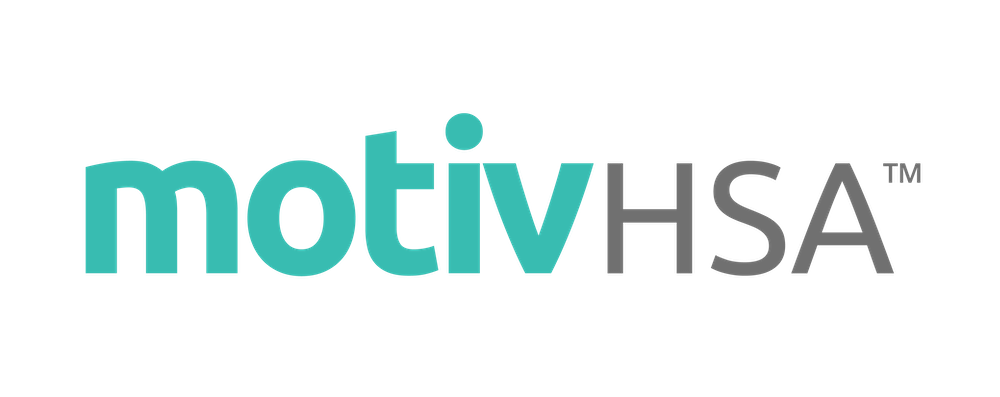Harnessing HSA funds for retirement can help millennials get ready to join the exhilarating world of retirement planning. The mere thought of retirement might make one break into a cold sweat, especially when juggling student loans and rent that could rival a mortgage. However, there’s a nifty financial tool that doesn’t receive enough credit: Health Savings Accounts (HSAs). Harnessing HSA funds for retirement is key. HSAs aren’t just for fighting off medical bills—they’re secret agents working to help you build a cozy retirement nest egg. Let’s unravel how HSAs can cushion your path to retirement.
What is an HSA?
A Health Savings Account, or HSA, is a tax-advantaged savings account designed to assist individuals with high-deductible health plans (HDHPs) in covering medical expenses. Contributions to an HSA are tax-deductible, and the funds grow tax-free. Additionally, withdrawals are tax-free when used for qualified medical expenses. Beyond their primary function, HSAs possess an additional advantage, serving as a retirement savings vehicle.
The Millennial Retirement Challenge
Millennials encounter distinct challenges in saving for retirement, primarily due to the burden of student loan debt, high housing costs, and a competitive job market. Consequently, retirement planning often takes a backseat. Nonetheless, neglecting retirement planning can have severe consequences, and this is where HSAs can play a pivotal role.
The HSA Retirement Strategy
One of the most compelling reasons to consider HSAs for retirement is their triple-tax advantage. Contributions lower your taxable income in the year of deposit, the assets within the HSA grow tax-free, and withdrawals for qualified medical expenses remain tax-free. This tax-efficient structure can be instrumental in maximizing retirement savings.
Most HSA providers offer a variety of investment options, including mutual funds, stocks, and bonds. Millennials can harness these investment opportunities to grow their HSA funds over time. By strategically diversifying their portfolio, HSA holders can benefit from compounding returns, potentially amassing a substantial retirement fund.
Another notable aspect is the ability to utilize HSA funds to cover a wide range of medical expenses, including premiums for Medicare, long-term care insurance, and other out-of-pocket costs. This approach allows individuals to free up other retirement accounts, such as 401(k)s and IRAs, for non-medical expenses.
Unlike certain retirement accounts, HSAs do not impose an age limit on contributions. This means that individuals can continue building their HSA balance even after reaching the traditional retirement age. This can be particularly advantageous if one intends to work part-time or freelance during retirement.
For those nearing retirement, there’s a further advantage – catch-up contributions can be made to the HSA if you’re age 55 or older. This option enables individuals to bolster their HSA savings in the years leading up to retirement.
Harnessing HSA Funds
Health Savings Accounts present millennials with a valuable tool for securing a comfortable retirement. With their triple tax benefits, investment opportunities, and flexibility in covering medical expenses, HSAs can complement traditional retirement savings accounts. By incorporating HSAs into your retirement strategy, you can better prepare for the future while also ensuring financial security for healthcare expenses during retirement. There’s no need to delay; begin utilizing the potential of your HSA today to pave the way for a more secure tomorrow.
And for those seeking an HSA-compatible health plan, consider exploring Start Health – a health insurance alternative that offers substantial premium savings and aligns seamlessly with HSAs.
Sources:

